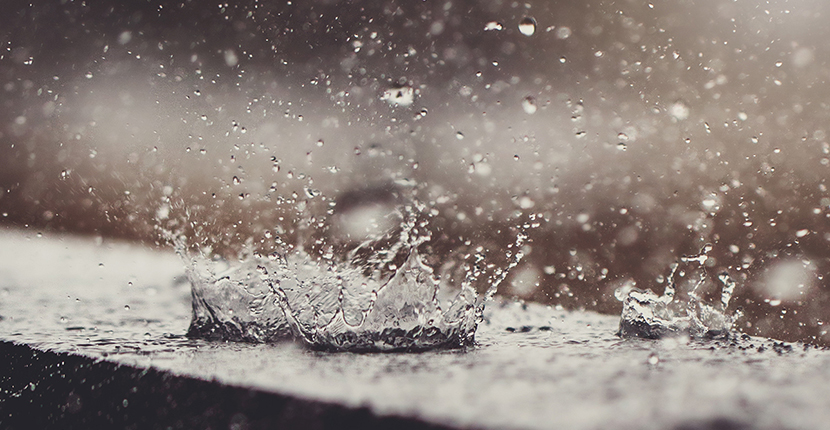Polyiso Insulation and Water Absorption

What is a Cavity Wall?
This text refers to the technical bulletin on Polyiso insulation and water absorption of the PIMA association.
A cavity wall is two wythes of masonry, separated by a cavity of varying dimension. The masonry wythes may consist of solid brick, structural clay tile, or concrete masonry units and are bonded together with masonry ties. The cavity (ranging from 2 inches to 4 1/2 inches in width) allows spacing for insulation. Combining these elements with a sound structural design, appropriate details, quality materials and good workmanship will result in high performance cavity walls.
Resistance To Moisture Penetration
No single unreinforced 4” wythe of masonry is totally impervious to moisture penetration. A cavity wall is designed and built as a moisture deterrent system. This system takes into account the possible moisture penetration through the outer wythe. Moisture will penetrate masonry walls where hairline cracks exist between masonry unit and mortar. Water which runs down the exterior wall surface can be drawn towards the inner cavity due to wind pressure exerted on the exterior of the wall and the negative pressure present within the cavity. Providing a clean air space will allow this moisture to flow unobstructed down the cavity face of the outer wythe. Flashing installed at recommended locations will then divert this moisture back to the building’s exterior through weepholes. Proper drainage of moisture will reduce the chance of efflorescence and freezethaw damage.
Moisture and Insulation
The real enemy of insulation performance is water vapor. If water vapor passes into and condenses in the insulation, the overall thermal performance will decrease. The questions that should be asked are:
- Will water vapor pass into and condense in the wall insulation?
- How can you determine if insulation is prone to water vapor problems?
A material’s resistance to water vapor is determined by testing the product via ASTM E96, a measure of water vapor transmission. This method produces permeance ratings, or perms. Typically, polyiso foil-faced sheathings have perm ratings of less than 0.3, which is 3-5 times better than common extruded polystyrene products. For this reason, polyiso is the best insulation for cavity wall applications. Designers are advised to determine the optimum thickness of polyiso by performing a dew point calculation for the system.
Liquid water should never be present in a building system. If an insulation, polyiso or polystyrene, is submerged in water, the insulation benefit disappears as the water short circuits around the insulation. Insulations must be kept dry. If minor contact does occur, the foil facings and closed cells of polyiso provide excellent water resistance.